Tibetan Paper in Nyimaling Monastery
The Tibetan papermaking technique in Nyimaling Monastery, Gyalchen Township, Sog County, Nagqu, Xizang Autonomous Region has a history of several hundred years. It was included in the county-level intangible cultural heritage list in 2023. The monks of Nyimaling Monastery inherit such papermaking technique using ancient methods.
Tibetan paper in Nyimaling Monastery is made from roots of a poisonous plant, Radix Stellerae that growing on the mountains in the surrounding area of the monastery. The processes include selection of materials, washing, soaking, peeling, pounding of material, papermaking, and drying of paper. It takes one month or even several months to make paper. The production is relatively low.
Tibetan paper is anti-corrosion, mothproof, moisture-proof, and flexible. Ink may not permeate it easily and it may not crack easily. It is also less white and has a long service life. It is widely used to copy scriptures, make thangkas and handicraft works, and write on gold, silver, graphite, and other materials.
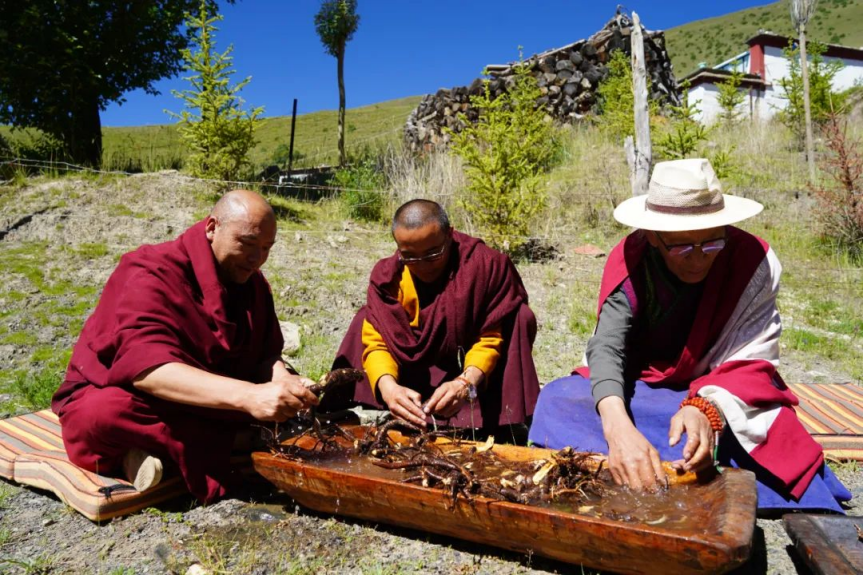
Monks of Nyimaling Monastery are washing raw materials of Tibetan paper.
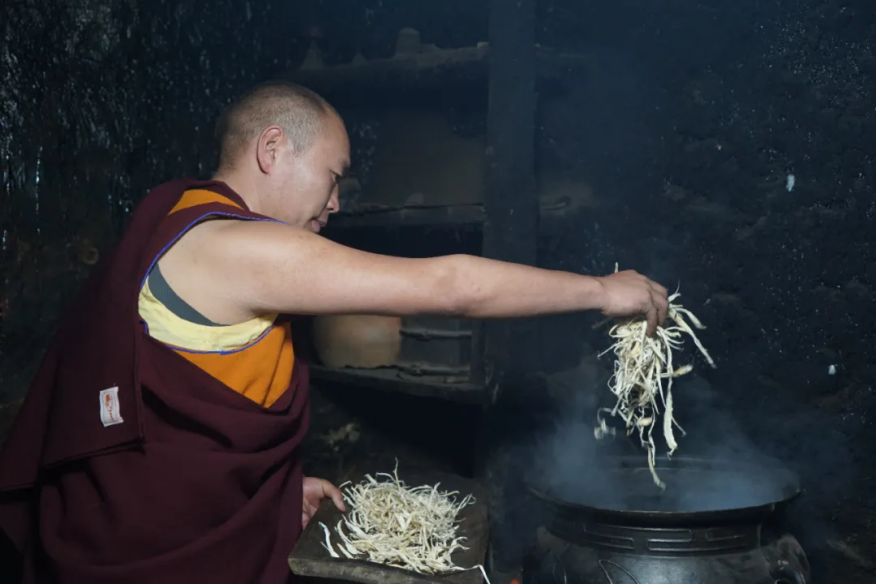
The raw materials of Tibetan paper are soaked.
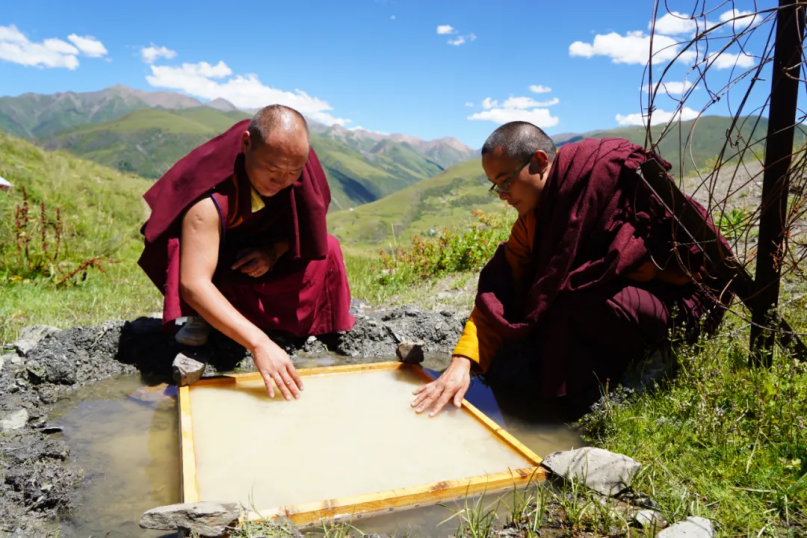
Monks of Nyimaling Monastery are making paper.
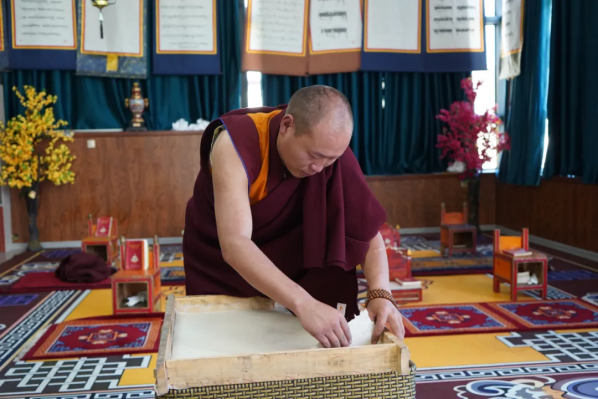
Uncovering the Tibetan paper that has taken shape.
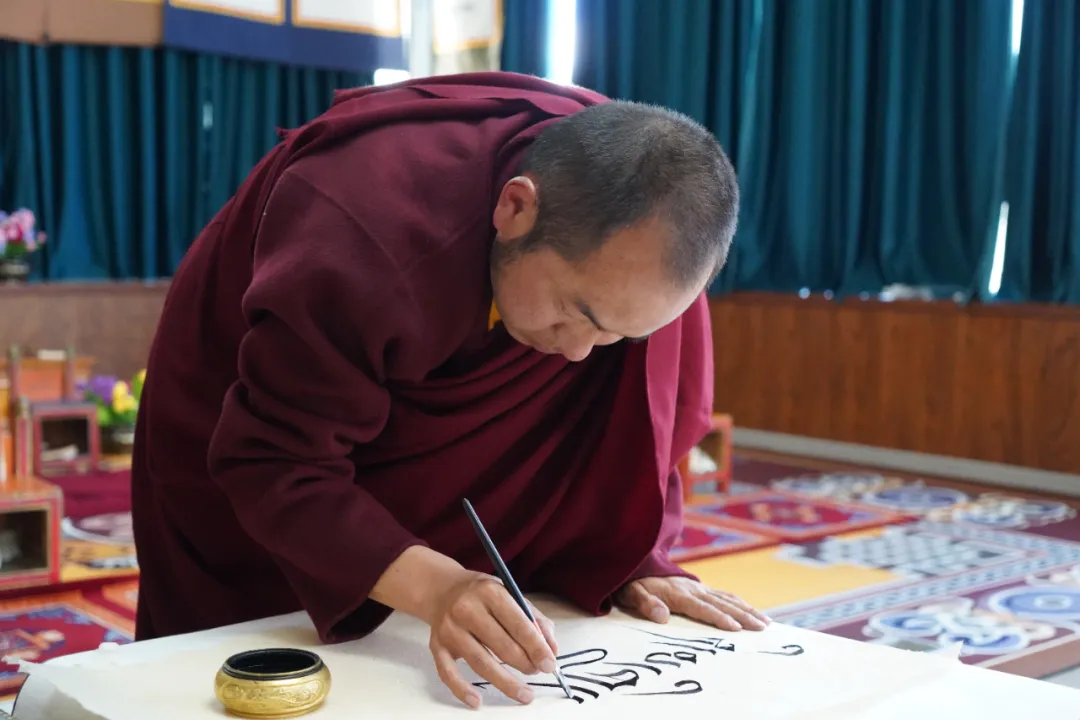
A monk is writing on Tibetan paper.
Stories
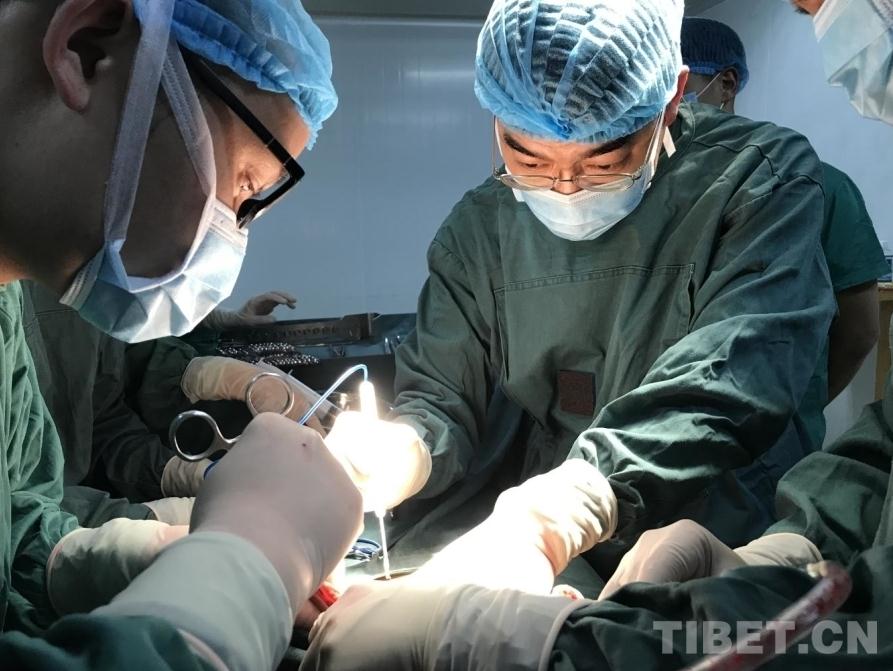
【Listen to Their Stories about Asistance for Xizang】Wang Ganlu: Director of Shenzhen Fuyong People’s Hospital
【Listen to Their Stories about Asistance for Xizang】Wang Ganlu: Director of Shenzhen Fuyon...
Editor’s Choice
- China Brooks No External Interference in Zangnan Area
- It is groundless accusation smearing the boarding school in Xizang
- Xizang fully guarantees freedom of religious belief: white paper
- Experts hail the release of white paper on China’s policies in Xizang
- Tibetologists refute doomsayers of Tibetan culture, denounce illegal nature of Dalai clique

